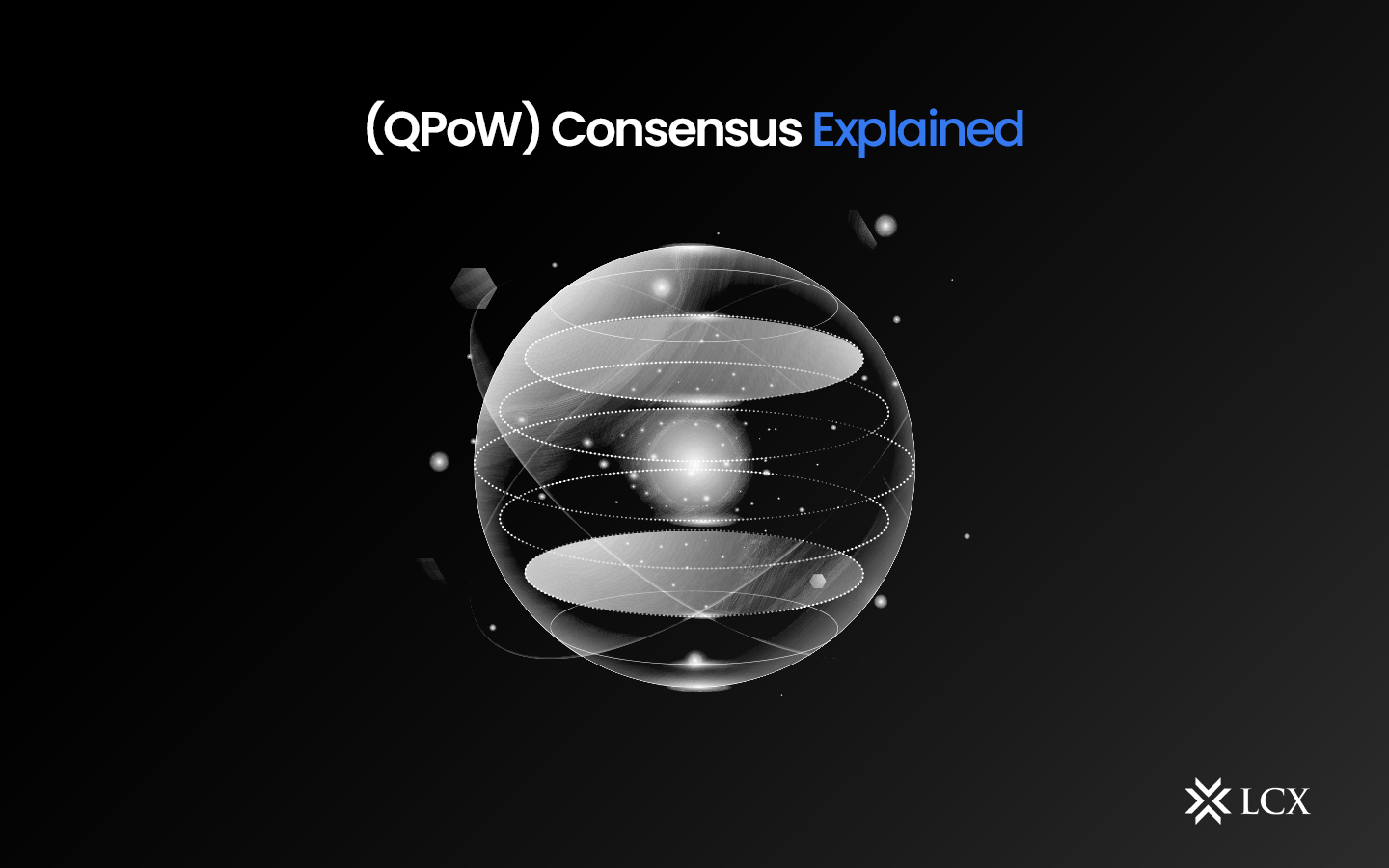As the world of cryptocurrencies continues to evolve, one significant concern looms over the horizon: the threat posed by quantum computers. With their unprecedented computational power, quantum computers have the potential to undermine the security of traditional cryptographic systems, including those used in blockchain networks. To counter this emerging threat, researchers and developers have been exploring quantum-proof solutions, such as the Quantum-Proof of Work (QPW) consensus. In this article, we will delve into the concept of QPW consensus and explore its role in safeguarding the future of blockchain technology.
Quantum-Proof of Work Consensus
Prior to delving into the specifics of Quantum-Proof of Work, it is essential to understand the potential impact of quantum computers on blockchain networks. Currently, the vast majority of blockchains rely on cryptographic algorithms such as RSA and Elliptic Curve Cryptography (ECC) to secure transactions and guarantee the immutability of the distributed ledger. However, quantum computers are able to rapidly solve the mathematical problems that underpin these algorithms, making them vulnerable to attack. Recognizing this challenge, researchers have been striving to develop quantum-resistant alternatives to ensure the long-term viability of blockchain technology.
The Quantum-Proof-of-Work consensus is an innovative method designed to protect blockchain networks from quantum attacks. It integrates aspects of Proof of Work (PoW) consensus with quantum-resistant cryptographic techniques to maintain the security and integrity of blockchain transactions.
Key Components of Quantum-Proof of Work
Hash-Based Functions: QPW consensus relies on the utilization of hash-based functions, such as the Merkle Tree, that are resistant to quantum computing attacks. These functions are integral to the mining process and provide a foundation for achieving quantum resistance.
Quantum-Resistant Cryptography: In contrast to traditional cryptographic systems, quantum-proof consensus algorithms employ quantum-resistant cryptographic primitives. Examples include the use of lattice-based cryptography, code-based cryptography, and multivariate cryptography, which offer resilience against quantum algorithms.
Post-Quantum Digital Signatures: Digital signatures play a crucial role in verifying the authenticity and integrity of transactions within blockchain networks. Quantum-proof consensus algorithms utilize post-quantum digital signature schemes, such as XMSS (eXtended Merkle Signature Scheme) and SPHINCS (SPHINCS+), to ensure the robustness of signatures against quantum attacks.
Benefits of Quantum-Proof of Work
Enhanced Security: By integrating quantum-resistant cryptographic techniques, QPW consensus ensures that blockchain networks remain secure even in the face of quantum threats. This safeguards the confidentiality, integrity, and availability of transactions, promoting trust and confidence in the system.
Continuity and Compatibility: Quantum-Proof of Work Consensus can be implemented as an upgrade to existing blockchain protocols, making it backward-compatible with earlier versions. This feature allows for a smooth transition to quantum-resistant systems without disrupting established networks and their functionalities.
Decentralization: QPW consensus retains the decentralized nature of blockchain networks, as it operates on the familiar principles of Proof of Work. Miners contribute their computational power to secure the network and validate transactions, ensuring the democratic and distributed nature of the blockchain ecosystem.
Challenges and Considerations
While QPoW shows promise in addressing the quantum computing challenge, several considerations must be taken into account during its implementation:
Performance Impact: Quantum-resistant cryptographic algorithms tend to be more computationally intensive, which can impact the overall performance and scalability of blockchain networks. Striking a balance between security and performance is crucial.
Standardization: The standardization of quantum-resistant cryptographic algorithms and protocols is essential to ensure interoperability and widespread adoption. Collaborative efforts among industry stakeholders and researchers are necessary to develop universally accepted standards.
Conclusion
The advent of quantum computing poses a significant threat to the security of traditional blockchain systems. Quantum-Proof of Work (QPoW) consensus algorithms offer a promising solution to safeguard the integrity of transactions and data against the power of quantum adversaries. By implementing QPW consensus, blockchain networks can adapt to the quantum era, ensuring the continued security and longevity of decentralized systems. Embracing QPoW ensures the long-term viability and resilience of blockchain technology, paving the way for a quantum-secure future. As researchers and developers work together to refine and enhance quantum-resistant solutions, the future of blockchain technology remains bright and hopefully impervious to the threats posed by quantum computing.










